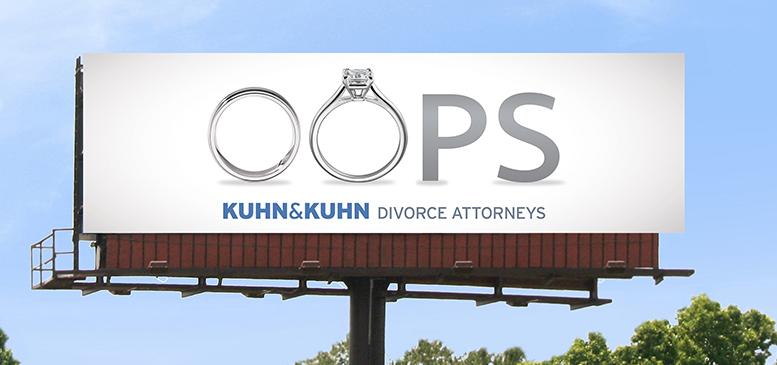
Hills family (Hills) and SJ Family Housing Partners LLC (LLC) own adjacent lots of land along Highway 101 near San Jose CA. Since the 1970s, Hills owned and operated 2 billboards on LLC’s land – which Hills was able to do pursuant to an easement agreement between Hills and LLC.
In 2007 LLC submitted plans to develop the LLC land, and build apartments on it, which would block the view of one of the billboards from Highway 101.
The court found that the easement (for the right of use of the land to build the billboards) ALSO included an implied easement for ‘views” so that the billboards cold be seen from Hwy 101 – and awarded Hills damages of $778,539, inclusive lost profits – through 2037.
LLC appealed. Duh.
The easement allowed Hills: “To do all things necessary and incidental to the operation of the business of a billboard, including but not limited to, placement, construction, reconstruction, maintenance and repair of the billboard (and including an electrical power easement for the same)[, and] [¶] [t]o provide ingress and egress as well as an electrical power easement across the said easement, all to facilitate the billboard business or any other lawful purpose associated with the use of the Dominant Tenement.” The easement also expressly provided, “No structures, vegetation, or other objects will be allowed to interfere with or encroach on the easements in the above described Grant Deed and as herein referenced.”
In March 2009, The trial court decided that the easement language impliedly included the right to have the billboard seen from motorists on Hwy 101 – even though the specific use of the word “view” was not included. Seems straightforward to me.
So why did this go to the court of appeal?
It seems that the Hills might have built the billboards without City or County approval. AND, there was a new compliance order from the City (issued in April 2010) that demanded Hills take the billboards down!
LLC did not introduce this evidence at the trial – because it did not exist at that time – but DID exist at the time of the appeal. So LLC tried to introduce that new evidence as it was ‘material’ to the case. After all, how could Hills get ‘lost profits’ through 2037 if Hills was being forced to take the billboard down – now?
Hills argued that the City had a expert testify at trial that the billboards “might” have been illegally constructed and that this evidence was the same – in effect – as the compliance order, so it wasn’t “new” at all. The appellate court disagreed.
Hills also argued that the City’s compliance order was not ‘final’ and that Hills had really good defenses to it and that the billboards might stay anyway – so the trial court was right when it awarded the lost profits damages. The appellate court disagreed again.
So, the case was sent back for re-trial on the issue of how much damage Hills will suffer as a result of the loss of visibility – and for how long. If Hills overcomes the City’s objections, then it gets more.
The point here is that Hills could not show that the City had inspected the billboards when they were built back in the 1970s. Those inspection and building signoffs were necessary to make the permit “valid.” No signoffs, no permit, no billboards. Oh, and the City doesn’t like billboards, so if it can find a way to kill one, it will.
$800,000 at risk because of a failure to get a signoff on a permit from 45 years ago? Could be.
